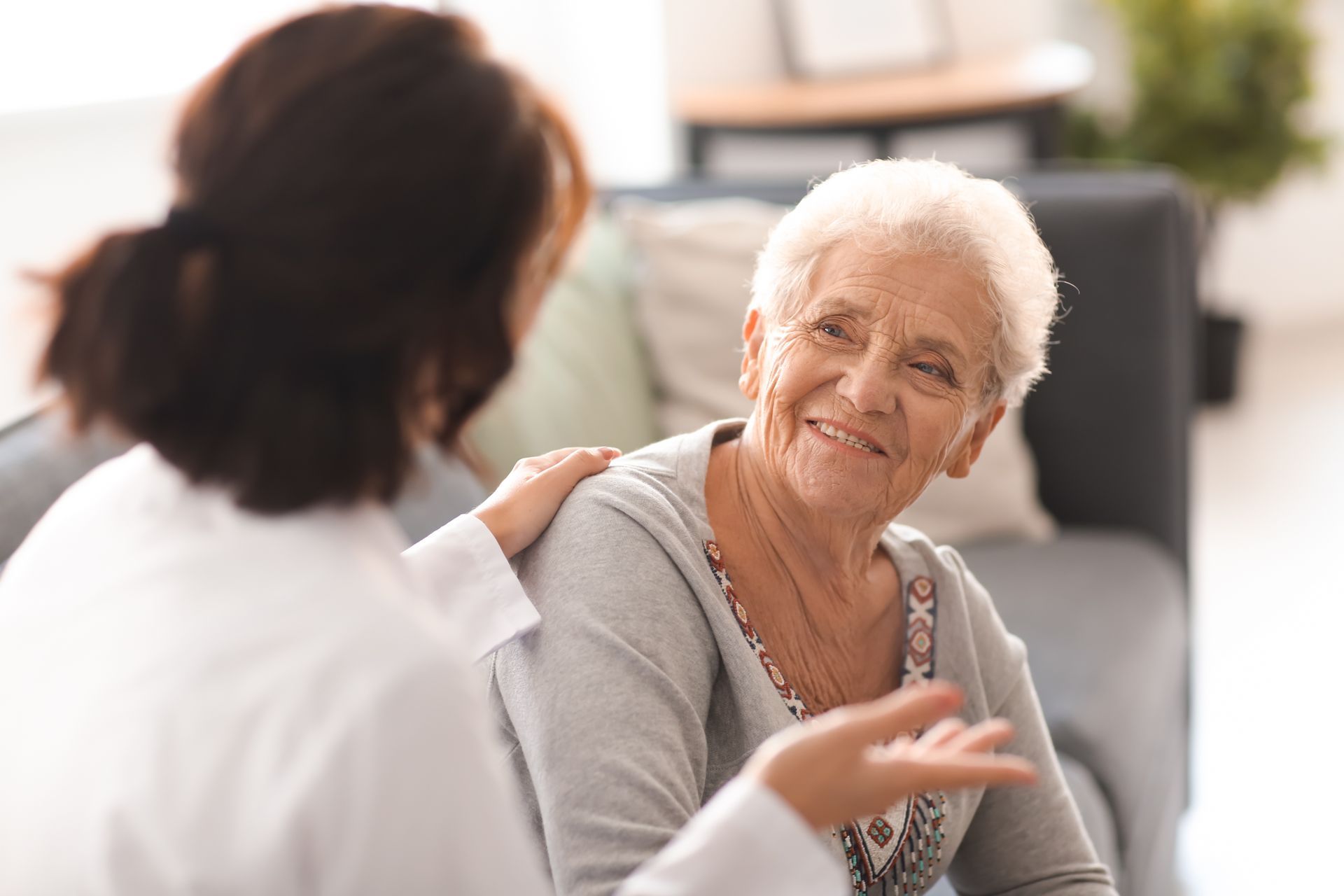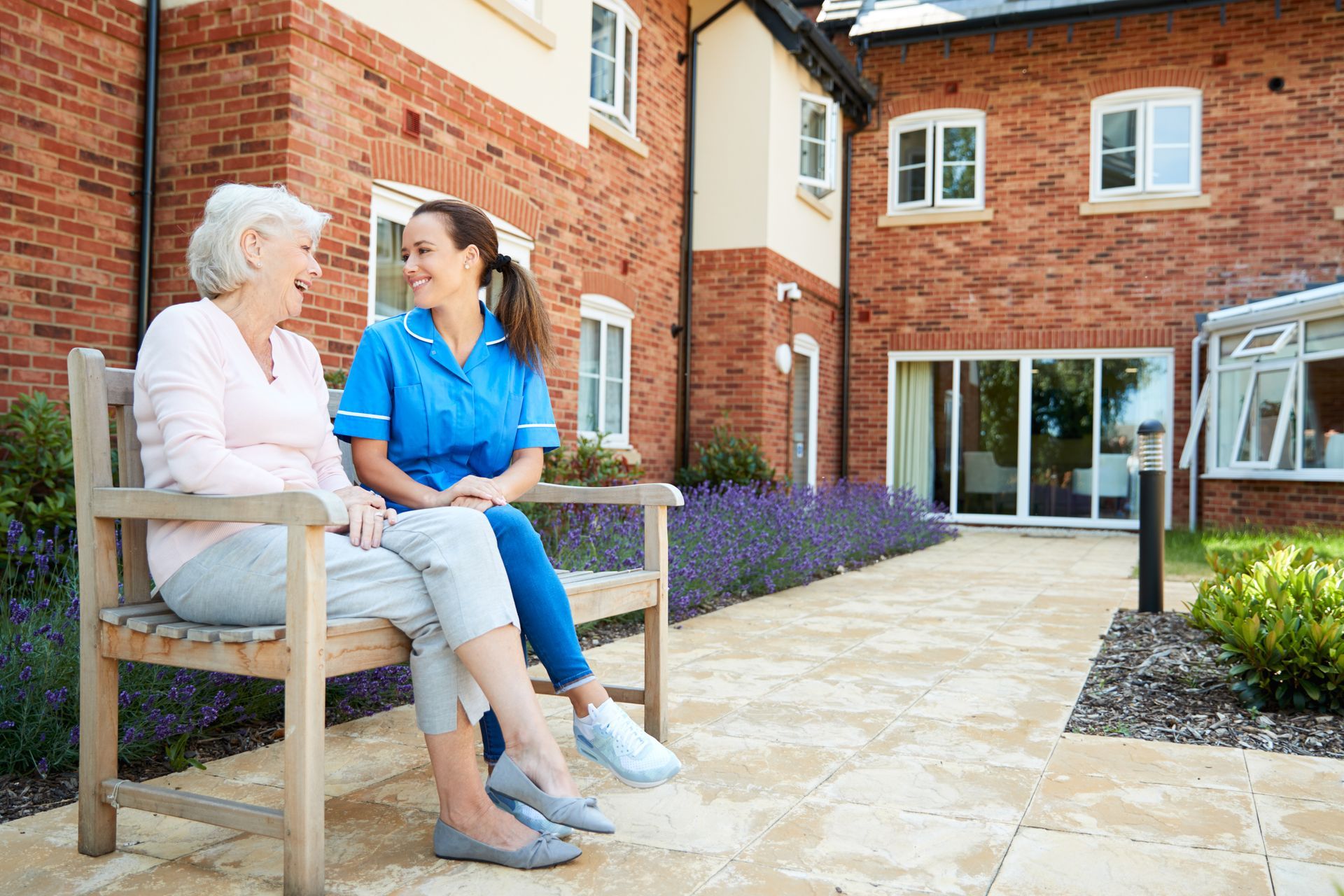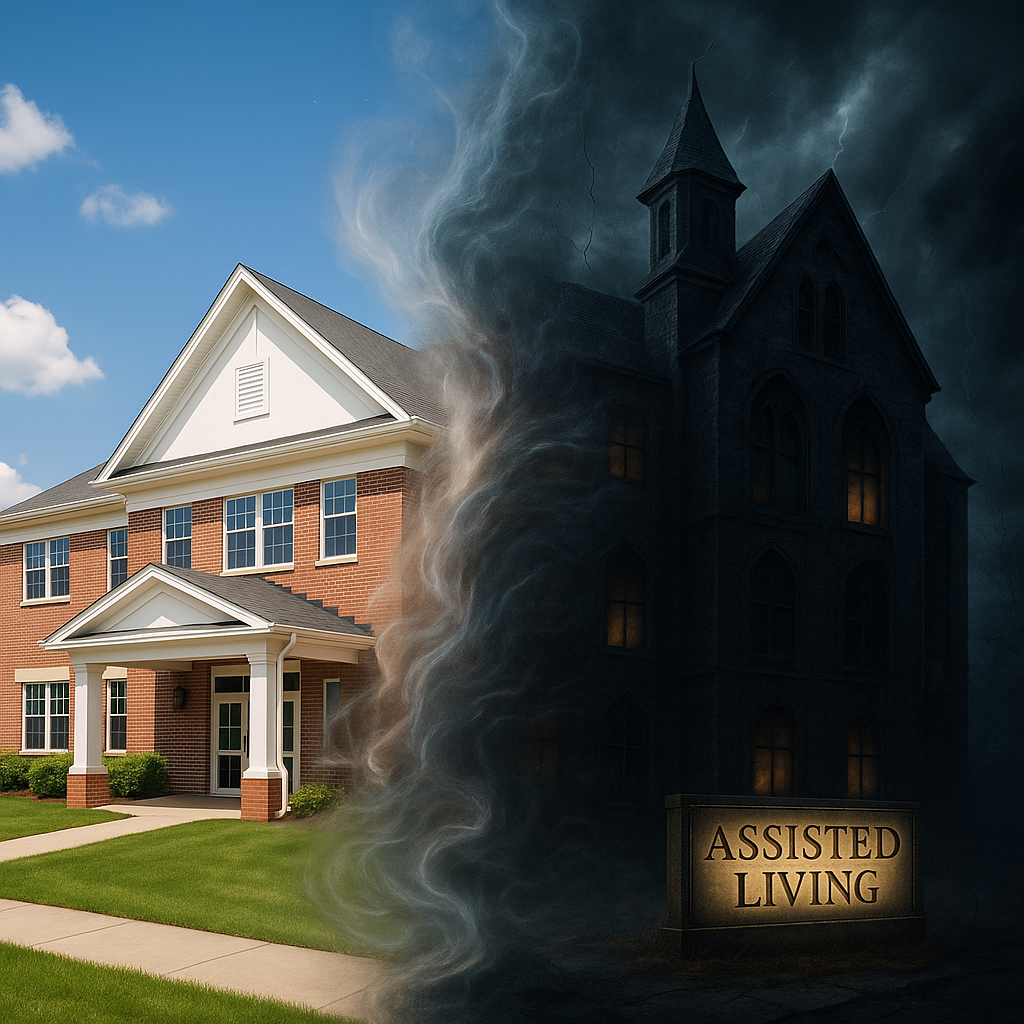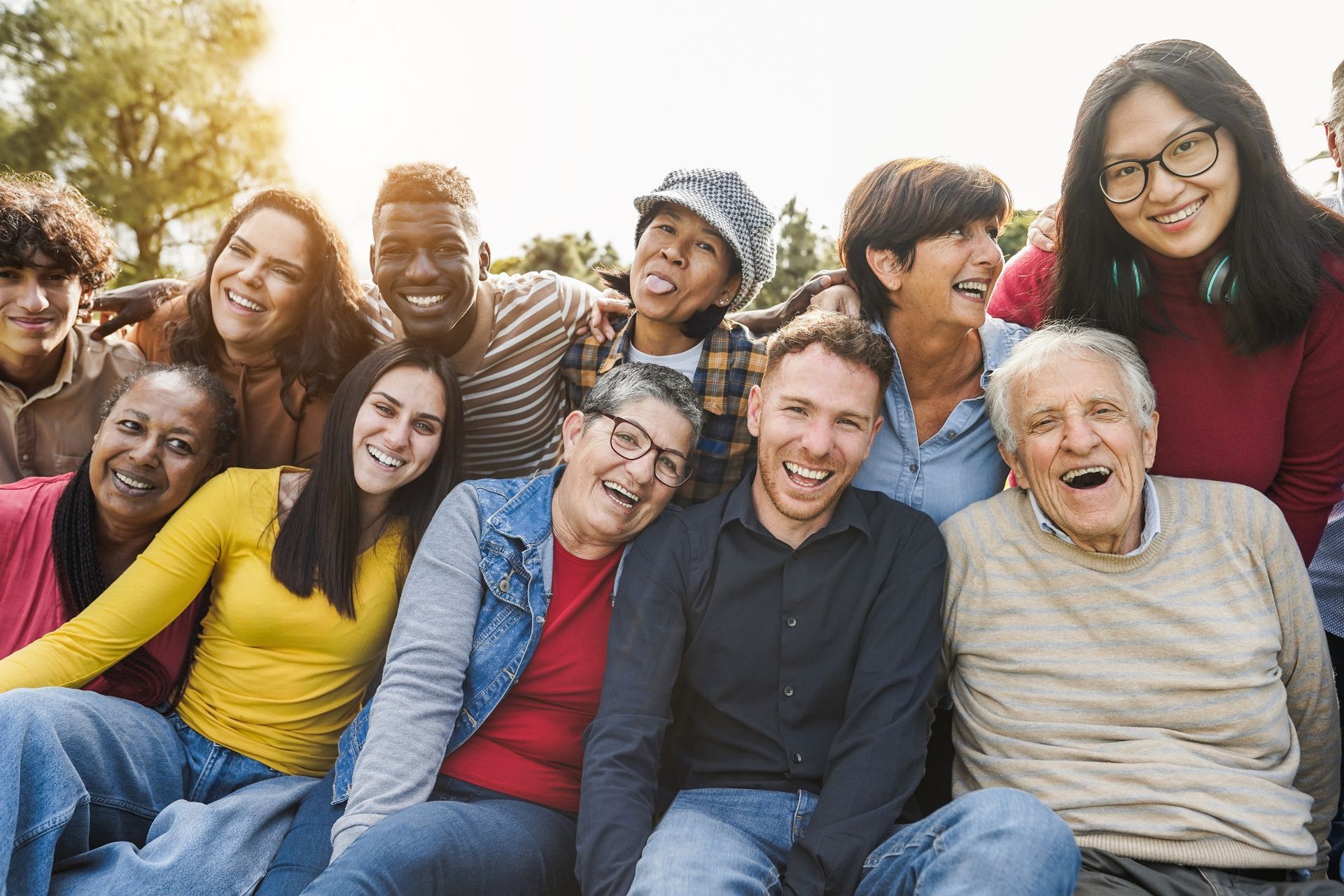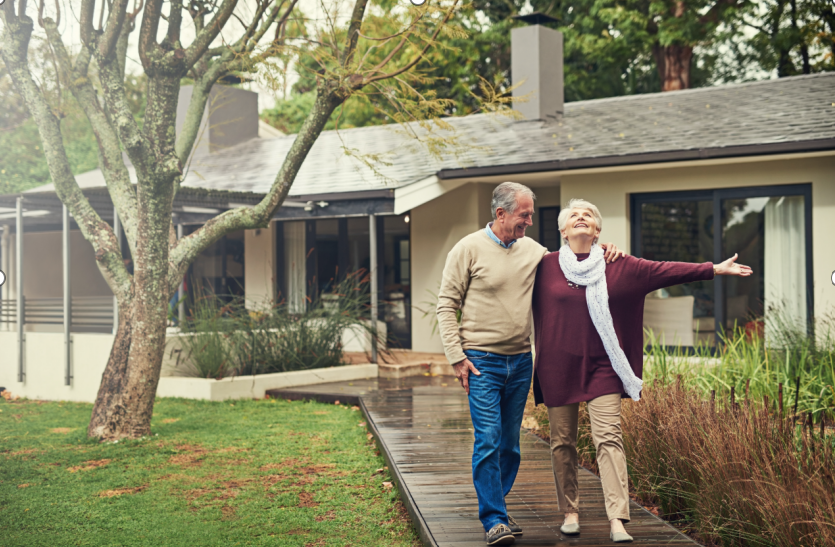BLOG
Meaningful Ways to Spend Quality Time with Loved Ones in Assisted Living
Maintaining strong connections with loved ones in assisted living is vital for their emotional and psychological well-being. Regular, meaningful interactions can significantly enhance a resident's quality of life, providing comfort and a sense of belonging. Understanding the best ways to spend quality time together fosters these benefits.
Assisted living communities offer various opportunities for families to connect with residents through structured and informal activities. These environments are designed to support social engagement, making it easier for loved ones to participate in residents' daily lives. From communal events to personalized visits, numerous ways exist to create meaningful experiences. Exploring these options can help families make the most of their time together.
Engage in Shared Activities in Assisted Living
Participating in activities together can be a fulfilling way to spend time with loved ones in assisted living. Simple actions like reading a book aloud, working on a puzzle, or watching a favorite movie can provide comfort and enjoyment. These shared experiences can evoke positive memories and foster a sense of normalcy. Such activities can also stimulate emotion, conversation, and connection.
Creative pursuits like painting, knitting, or crafting can be therapeutic and enjoyable. These activities allow residents to express themselves and can be a source of pride and accomplishment.
Family members participating in these creative endeavors can strengthen their bond with the resident. Additionally, displaying completed projects can boost the resident's self-esteem and provide conversation starters.

Physical activities tailored to the residents' abilities can also be beneficial. A leisurely walk around the facility's grounds or a gentle exercise class can promote physical health and well-being. These activities can also provide opportunities for meaningful conversation and shared experiences. Engaging in physical activity together can reinforce the importance of health and mobility.
Assisted living communities often offer scheduled group activities that families can join. Participating in these events can help families integrate into the residents' social environment. Being part of the community's events can enhance the overall experience for the resident and their loved ones.
Utilize Technology for Seamless Connection
Technology can be a valuable tool for maintaining connections with loved ones in assisted living, especially when in-person visits are not possible. Video calls, emails, and social media can help bridge the distance and keep families connected. These digital interactions can provide comfort and a sense of closeness. Regular virtual communication can help residents feel remembered and valued.
Introducing residents to user-friendly technology can enhance their ability to connect with family and friends. Tablets and smartphones with simplified interfaces can make digital communication more accessible.
Assisted living staff can provide support and training to help residents become comfortable with these devices. Empowering residents to use technology can increase their independence and social engagement.
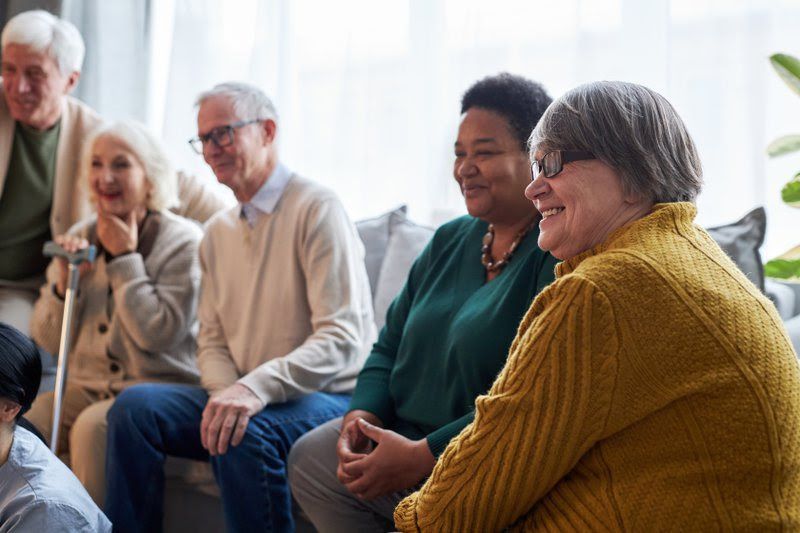
Sharing digital content, such as photos, videos, or recorded messages, can provide residents with tangible reminders of their loved ones. These items can be revisited at any time, offering ongoing comfort and connection. Creating digital photo albums or video montages can be a collaborative project for families. These personalized items can become cherished keepsakes for residents.
Virtual participation in family events, such as birthdays or holidays, can help residents feel included and connected. Live-streaming celebrations or setting up video calls during gatherings allows residents to partake in special moments. Coordinating these virtual interactions requires planning, but can have a significant positive impact.
Supporting Emotional Well-being In Assisted Living
Emotional support is critical to spending quality time with loved ones in assisted living. Open and empathetic conversations can help residents express their feelings and concerns. Active listening and providing reassurance can alleviate anxiety and promote emotional well-being. Being a consistent source of support can strengthen the residents ' sense of security.
Positive reinforcement during visits can create a nurturing environment that uplifts the residents. Small gestures like writing notes of appreciation or acknowledging personal growth can make a lasting impact. Encouraging residents to participate in group therapy or counseling sessions within the community can provide additional emotional outlets.
Introducing memory-sharing conversations can offer both therapeutic and bonding benefits. Asking about formative life experiences or favorite memories can help residents feel seen and heard. These conversations can stimulate cognitive recall and reduce feelings of loneliness. Loved ones can learn from shared stories, deepening mutual appreciation and understanding.
Encouraging participation in spiritual or mindfulness-based activities can also enhance emotional well-being. Guided meditation sessions, prayer groups, or quiet reflection time can support inner peace. Family members joining these sessions can deepen the shared emotional connection. Many assisted living communities offer services tailored to individual beliefs and preferences.
Being present during emotionally challenging times strengthens a loved one’s support system. Grief, illness, or life transitions can weigh heavily on seniors. Consistent emotional presence, whether in person or virtually, demonstrates unwavering care. When residents feel supported, their emotional resilience and overall quality of life improve significantly.
Create Lasting Bonds Through Quality Time
Forming deep, meaningful connections with loved ones in assisted living is not only possible but essential to their well-being. Assisted living communities that encourage personalized interaction and emotional wellness provide a foundation for these connections to grow.
Residents benefit most when their physical, cognitive, and emotional needs are all acknowledged through compassionate care. Environments that support active family involvement contribute significantly to a resident’s happiness.
At Assured Senior Living, families are encouraged to remain vital to their loved one’s daily life. Each community is designed to nurture the resident and the critical relationships that define who they are. Discover how your loved one can thrive through meaningful connection in a welcoming, supportive environment.

